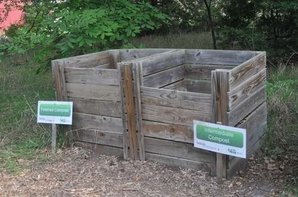 Many gardeners assume that compost is acidic but such is usually not the case. Compost is more often alkaline than acidic. The possible use of alkaline composts on highbush blueberries was enough of a problem that Oregon State University carried out a study that included determining the pH of various composts. The listing below is of some of the composts Oregon State University studied and the pH of those materials. We have not listed those composted from materials not common in Kansas such as hops and mint hay. Material pH Mixed Manure 7.9 Horse Manure 6.4 Dairy Solids 8.0 Leaf 7.2 Yard Debris 7.7 Composted Bark 5.4 It is interesting to note the tremendous variability in pH; from 8.0 for dairy solids to 5.4 for composted bark. Therefore, it is important to perform a soil test on soils that have been heavily amended with compost as the compost may have affected the pH. (Ward Upham) Video of the Week: |
AuthorsCynthia Domenghini runs the Horticulture Response Center in the Department of Horticulture and Natural Resources at Kansas State University. Other contributors include K-State Extension Specialists. Archives
March 2024
Categories
All
|
| K-State Research and Extension Horticulture Newsletter |
|
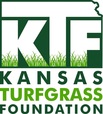

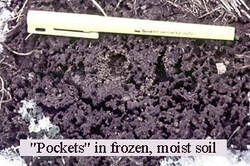
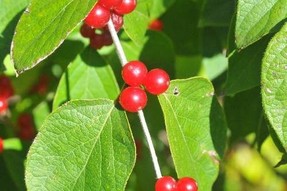
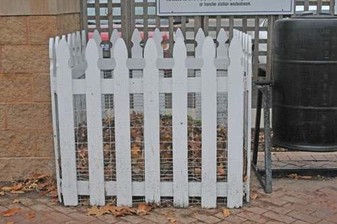
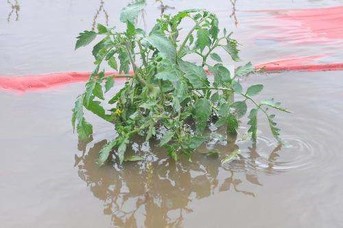
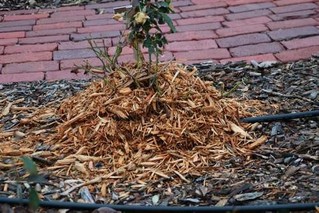

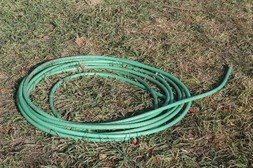
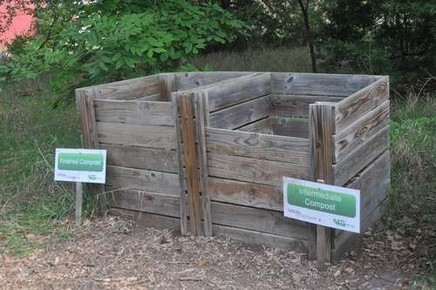
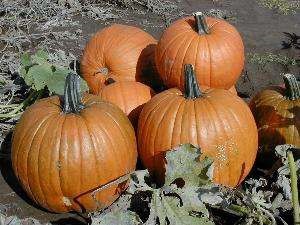
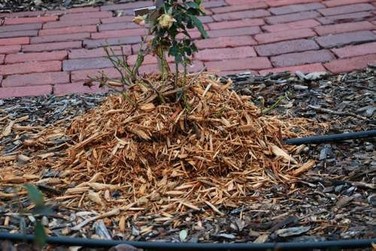
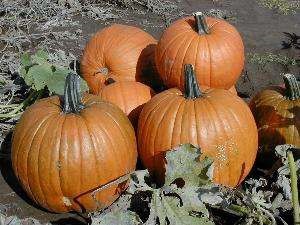
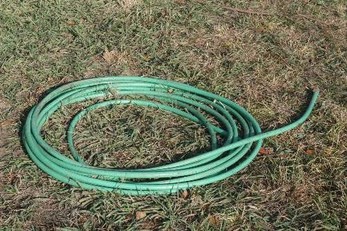
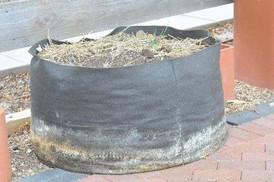
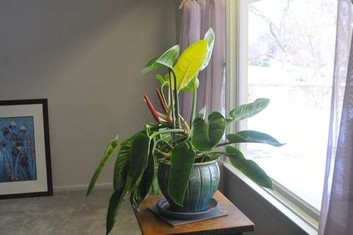
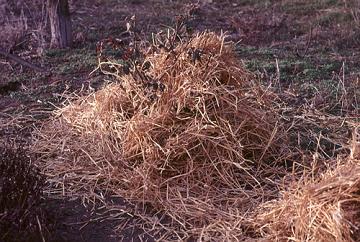
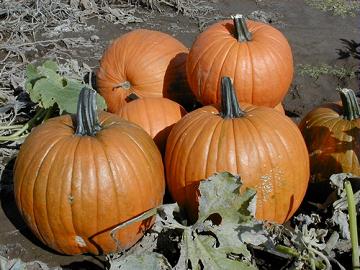
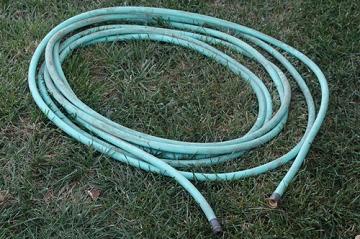
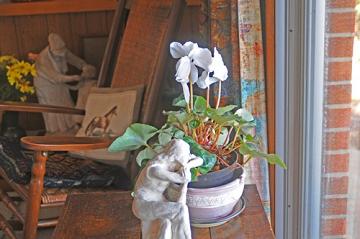
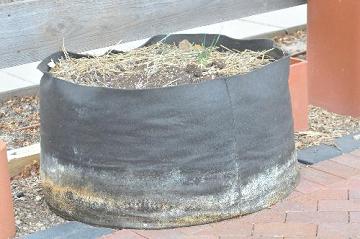
 RSS Feed
RSS Feed
